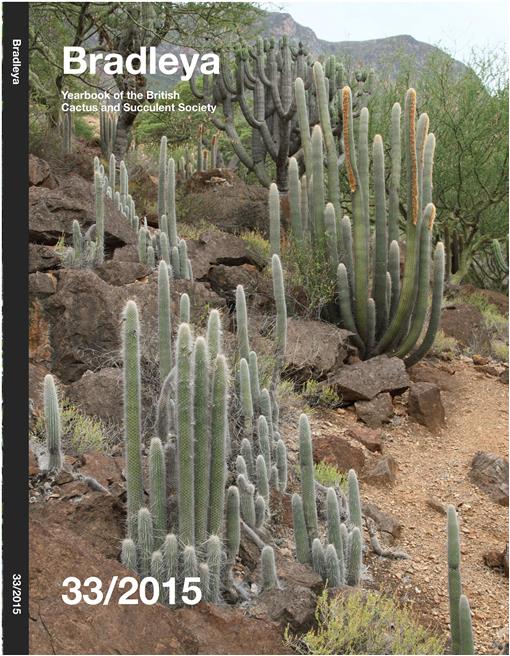BioOne.org will be down briefly for maintenance on 13 August 2025 between 18:00-21:00 Pacific Time US. We apologize for any inconvenience.

No abstract available
Drosanthemum badspoortensis, a new cliff-dwelling species from Badspoort, Western-Cape, South Africa
